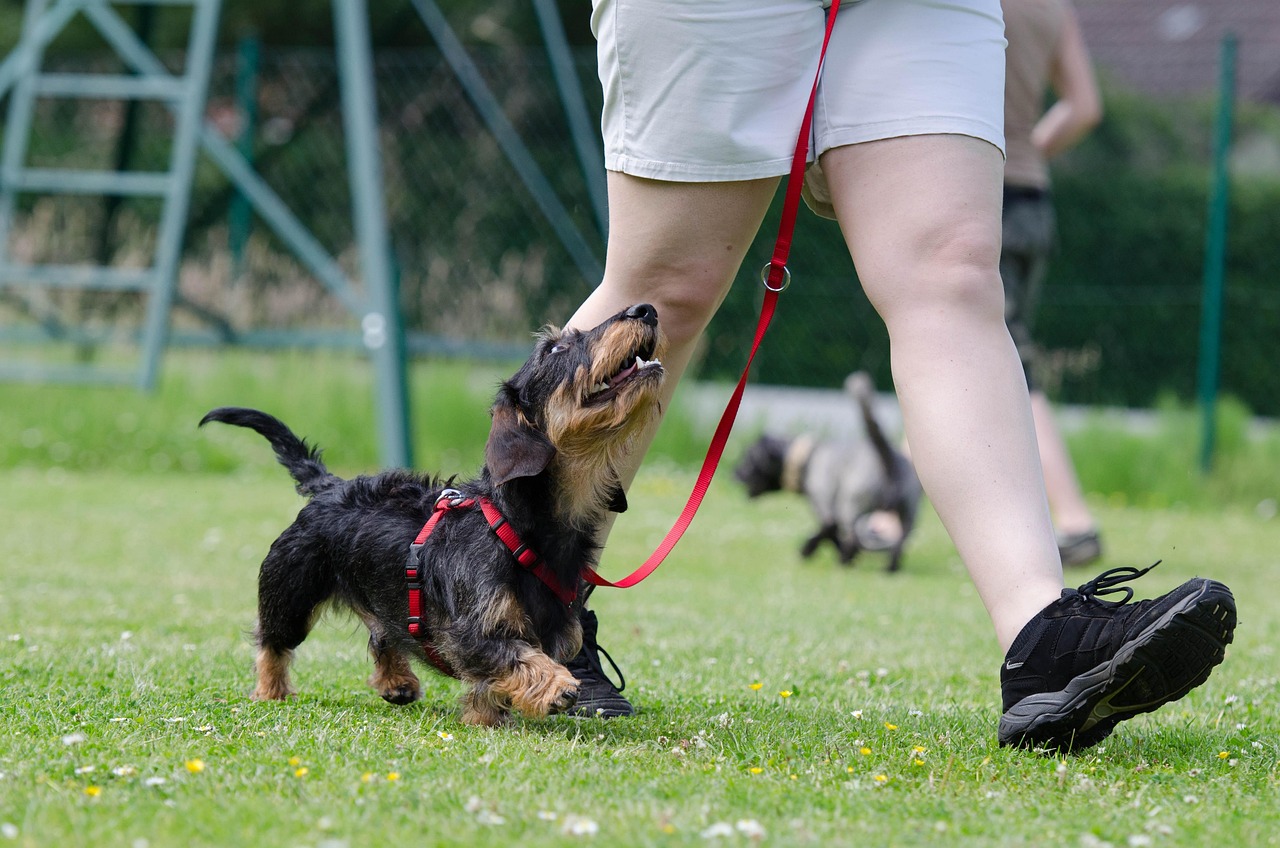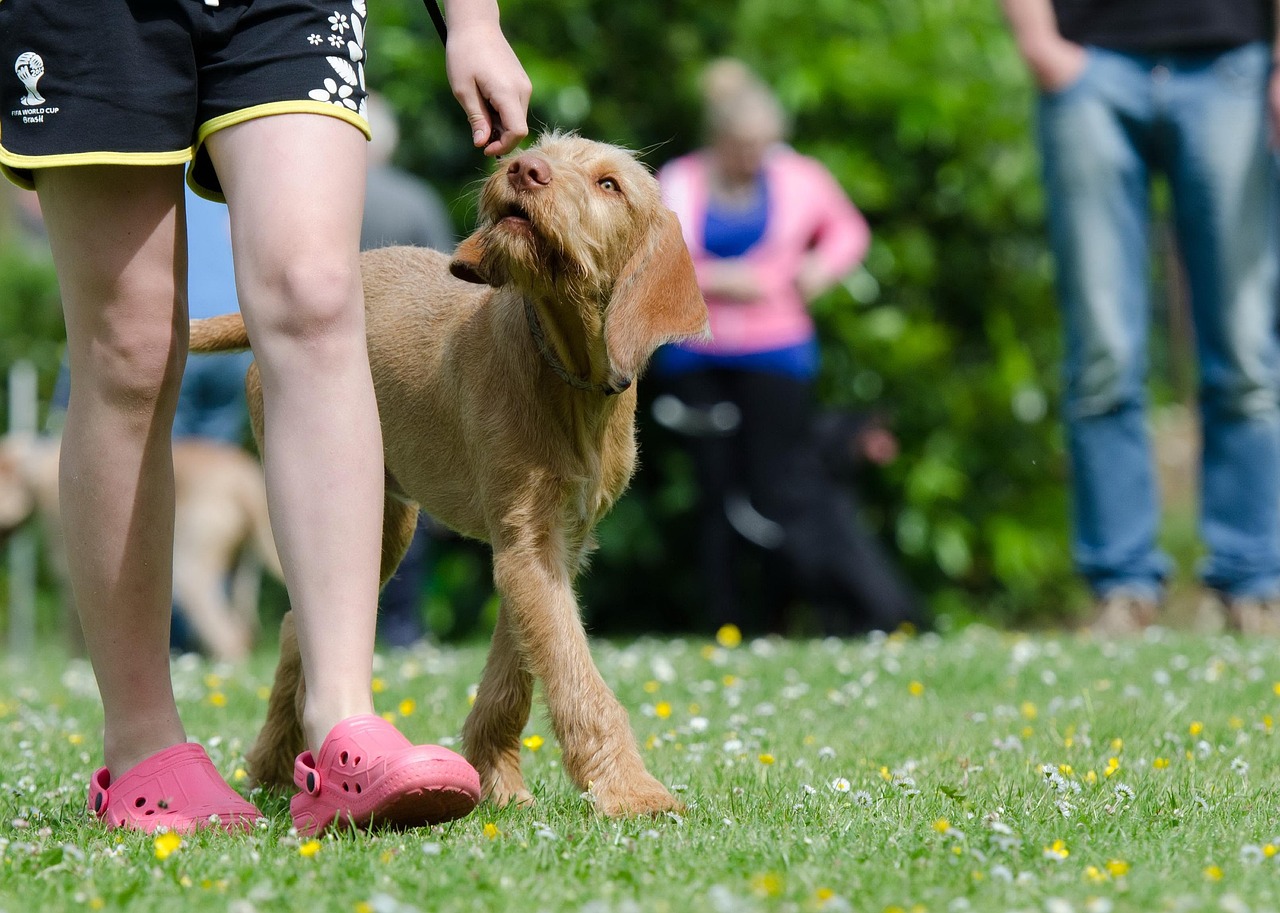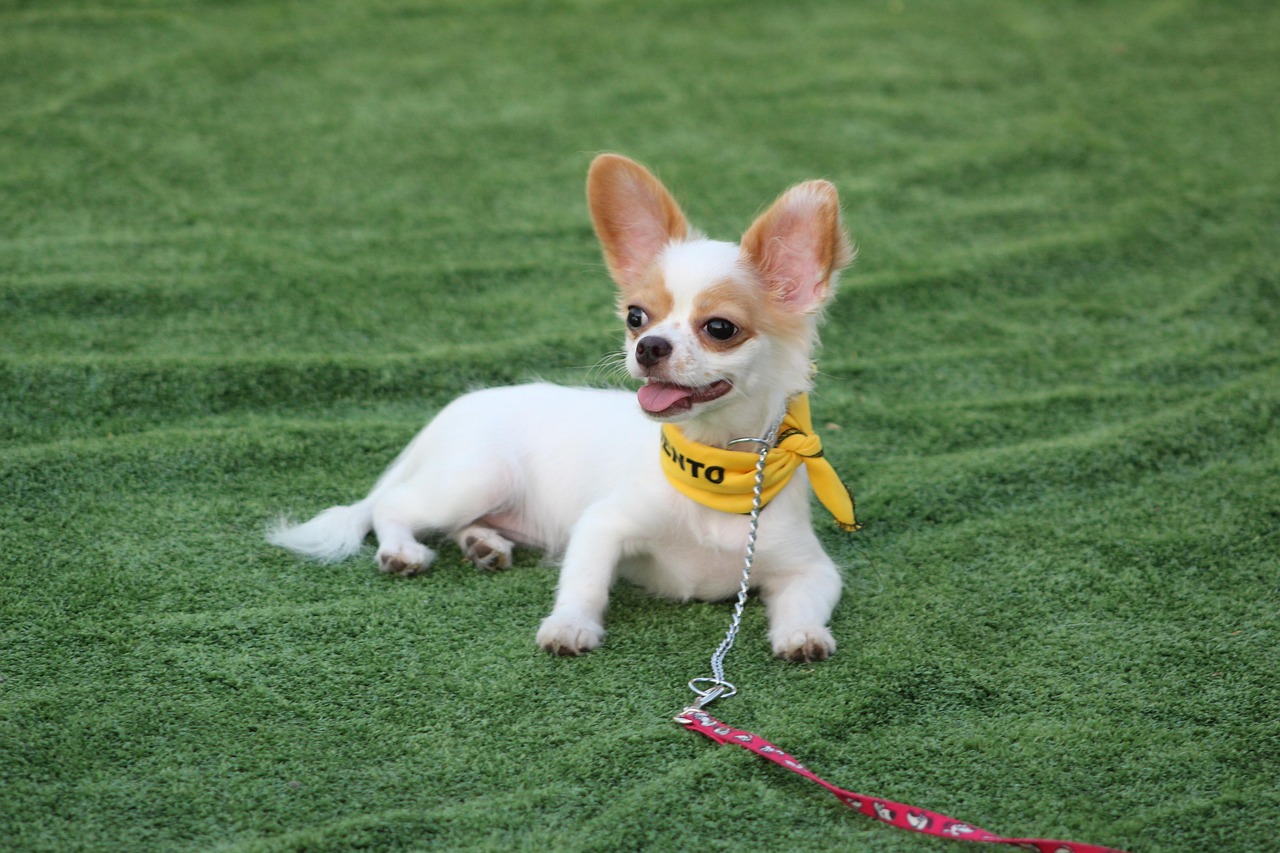Every dog owner knows that sinking feeling when their four-legged friend simply refuses to listen. Whether it’s a bulldog who won’t budge during walks or a terrier who treats “sit” like a foreign language, stubborn dogs can test even the most patient pet parent. The good news? These headstrong pups aren’t being difficult out of spite – they’re often just misunderstood. With the right approach, even the most determined canine rebels can become eager learners who surprise you with their intelligence and cooperation.
Start With High-Value Rewards
Not all treats are created equal in your dog’s mind. While regular kibble might work for some pups, stubborn dogs need something that makes their tail wag with genuine excitement. Think tiny pieces of cooked chicken, freeze-dried liver, or that special cheese they go crazy for. The key is finding what your dog considers absolutely irresistible – something they’d practically do backflips to get.
Test different rewards during training sessions and watch your dog’s reaction carefully. Their body language will tell you everything you need to know about which treats truly motivate them. Remember, what works as a high-value reward can change based on your dog’s mood, the environment, or even the time of day.
Keep Training Sessions Short and Sweet

Stubborn dogs often have shorter attention spans than their more compliant counterparts. Instead of marathon training sessions that leave everyone frustrated, aim for five to ten-minute bursts of focused learning. These micro-sessions prevent mental fatigue and keep your dog engaged rather than overwhelmed or bored.
Think of it like studying for a test – cramming for hours rarely works as well as consistent, shorter study periods. Your dog’s brain needs time to process and consolidate new information, so multiple brief sessions throughout the day often yield better results than one long, exhausting training marathon.
Master the Art of Perfect Timing

Timing in dog training is everything, especially with stubborn breeds who might be looking for any excuse to disengage. The moment your dog performs the desired behavior – even partially – that’s when the reward needs to happen. We’re talking about a window of just two to three seconds where your dog can connect their action with the positive consequence.
Late rewards confuse dogs and make it harder for them to understand what exactly earned them the treat. If you’re consistently a few seconds behind, your stubborn pup might think they’re being rewarded for whatever they happened to be doing when the treat appeared, not the behavior you were actually trying to reinforce.
Use Their Natural Instincts

Every dog breed was developed for specific purposes, and these ingrained instincts can become powerful training tools. A herding breed might respond better to training that incorporates movement and direction, while a hunting breed might be more motivated by activities that engage their prey drive. Understanding your dog’s genetic blueprint helps you work with their nature rather than against it.
For example, if you’re training a terrier who was bred to hunt independently, trying to force complete submission might backfire. Instead, frame commands as collaborative decisions where they still feel like they have some control over the situation.
Create a Distraction-Free Environment
Stubborn dogs are often easily distracted, especially when they’re not fully convinced that training is worth their attention. Start your sessions in a quiet room with minimal distractions – no other pets, no television, and definitely no exciting smells wafting from the kitchen. This controlled environment helps your dog focus solely on you and the task at hand.
As your dog becomes more responsive in this neutral space, you can gradually add mild distractions to proof their training. But rushing this process by training in chaotic environments will only reinforce your dog’s tendency to ignore commands when more interesting things are happening around them.
Make Training Feel Like a Game

Stubborn dogs often resist training that feels like work, but they’ll eagerly participate in activities that seem fun and engaging. Incorporate play elements into your training sessions – use an enthusiastic, upbeat voice, add movement and energy, and celebrate successes with genuine excitement. Your dog should feel like training is the highlight of their day, not a chore to endure.
Consider turning basic commands into interactive games. Instead of simply asking for a “sit,” you might make it part of a sequence where they sit, then play dead, then get up for a treat party. This playful approach keeps their interest and makes them more willing participants in the learning process.
Practice Patience and Consistency

Stubborn dogs test boundaries constantly, which means your consistency needs to be absolutely rock-solid. If you give a command, you must be prepared to follow through every single time. Mixed messages or inconsistent enforcement teaches your dog that commands are optional suggestions rather than expected behaviors.
This also means everyone in your household needs to be on the same page. If one family member allows jumping on the couch while another forbids it, you’re essentially teaching your dog that rules are negotiable. Stubborn dogs are particularly good at exploiting these inconsistencies to their advantage.
Address the Root Cause of Stubbornness
Sometimes what looks like stubbornness is actually fear, confusion, or physical discomfort. A dog who suddenly stops responding to previously mastered commands might be dealing with pain, anxiety, or simply haven’t fully understood what you’re asking. Before labeling your dog as difficult, consider whether there might be underlying issues affecting their behavior.
Pay attention to your dog’s body language during training sessions. Signs of stress, fear, or discomfort might indicate that you need to adjust your approach or consult with a veterinarian to rule out health issues that could be impacting their ability to learn and respond.
Use Positive Reinforcement Over Punishment
Stubborn dogs often become more resistant when faced with harsh corrections or punishment-based training methods. Instead of forcing compliance through intimidation, focus on making the right choice the most rewarding choice. This approach builds trust and cooperation rather than fear-based obedience that can break down under pressure.
When your dog makes mistakes – and they will – simply redirect them to the correct behavior and reward success. Punishment often creates anxiety and can make stubborn dogs even more resistant to training, while positive reinforcement builds their confidence and eagerness to participate in learning sessions.
Build on Small Victories
Don’t expect perfection from the start, especially with stubborn dogs who might be naturally inclined to test limits. Celebrate partial successes and gradually shape behaviors toward your ultimate goal. If you’re teaching “stay” and your dog holds position for just three seconds, that’s worth rewarding before gradually extending the duration.
This incremental approach prevents frustration on both ends and keeps your dog motivated to continue trying. Each small success builds confidence and makes your dog more likely to attempt new behaviors, creating a positive cycle that accelerates overall learning progress.
Conclusion
Training stubborn dogs requires a different mindset than working with naturally compliant breeds. Success comes from understanding your dog’s individual personality, working with their instincts rather than against them, and maintaining unwavering consistency in your approach. Remember that stubborn doesn’t mean stupid – these dogs often possess incredible intelligence that simply needs the right motivation and methods to shine through.
The journey might take longer than you initially expected, but the bond you’ll build through patient, positive training will be stronger than any quick fix could provide. What surprised you most about your own stubborn dog’s hidden potential?





